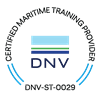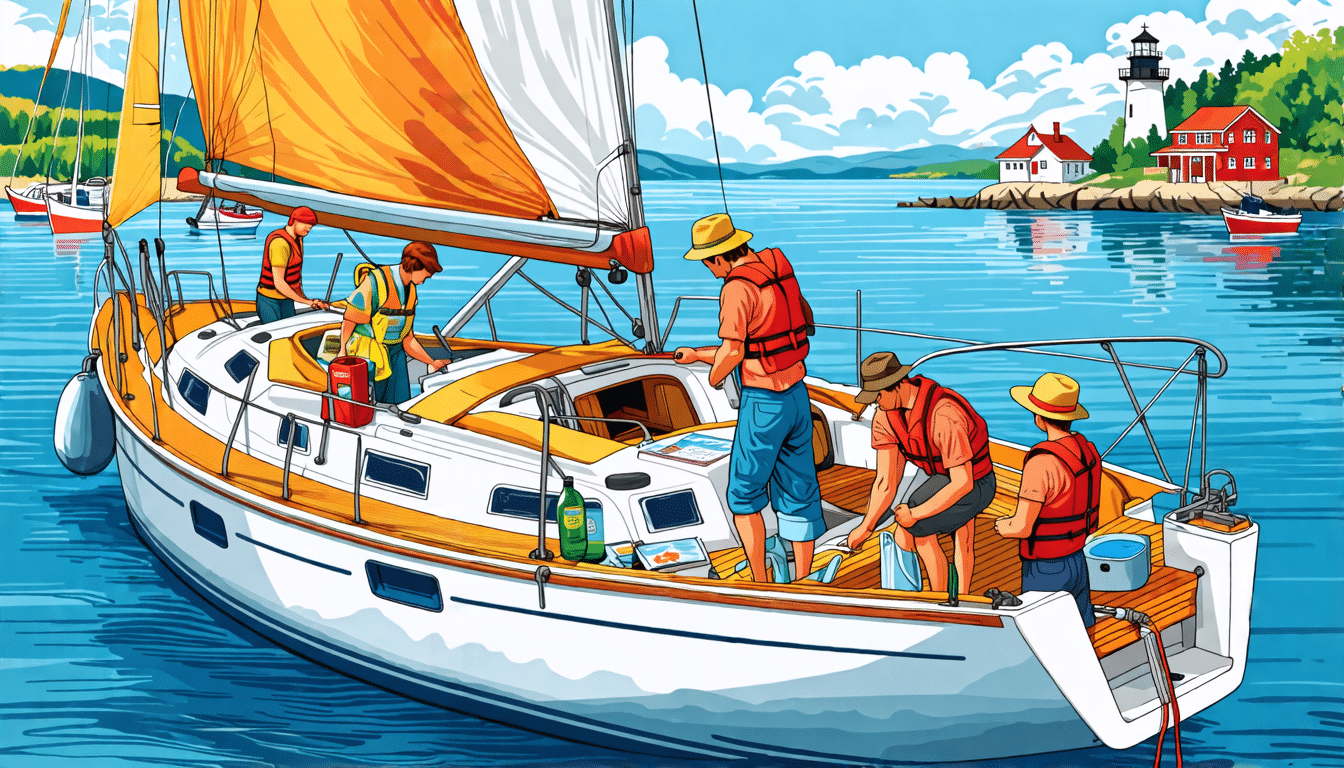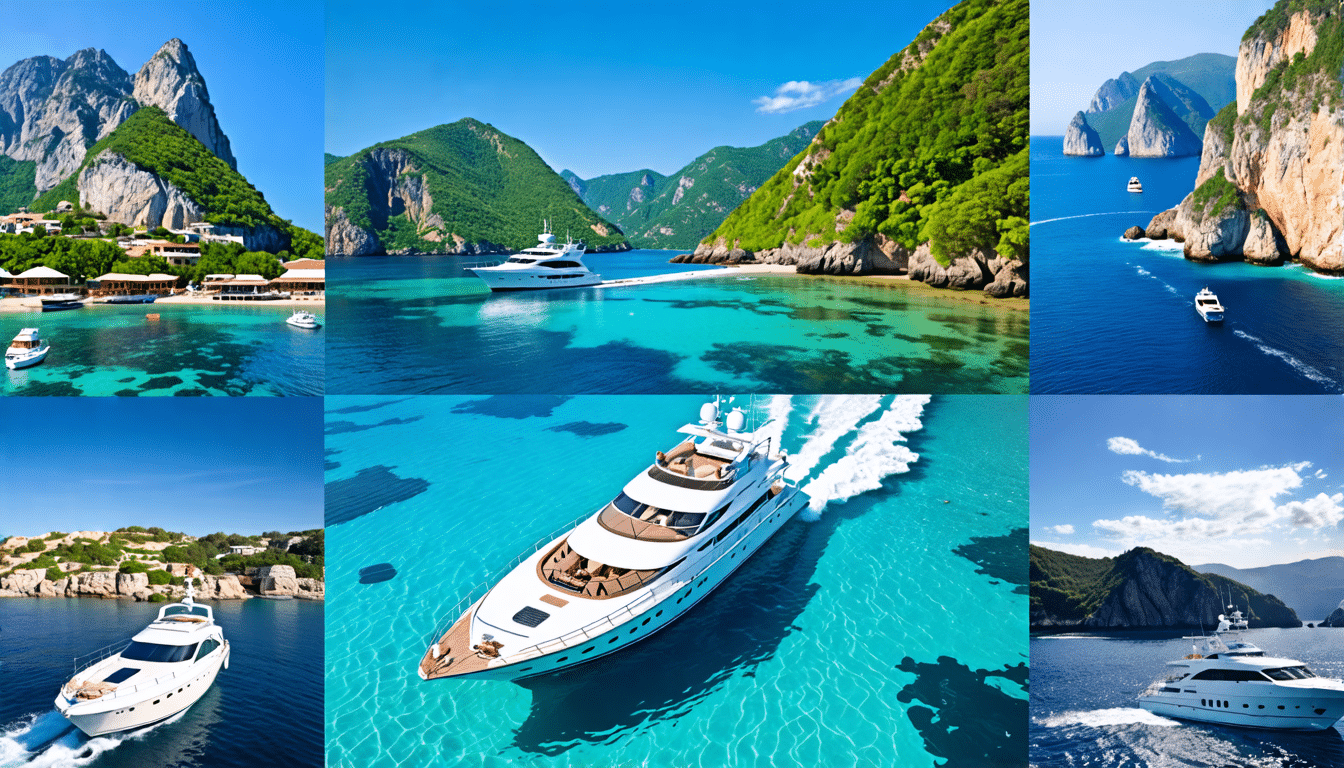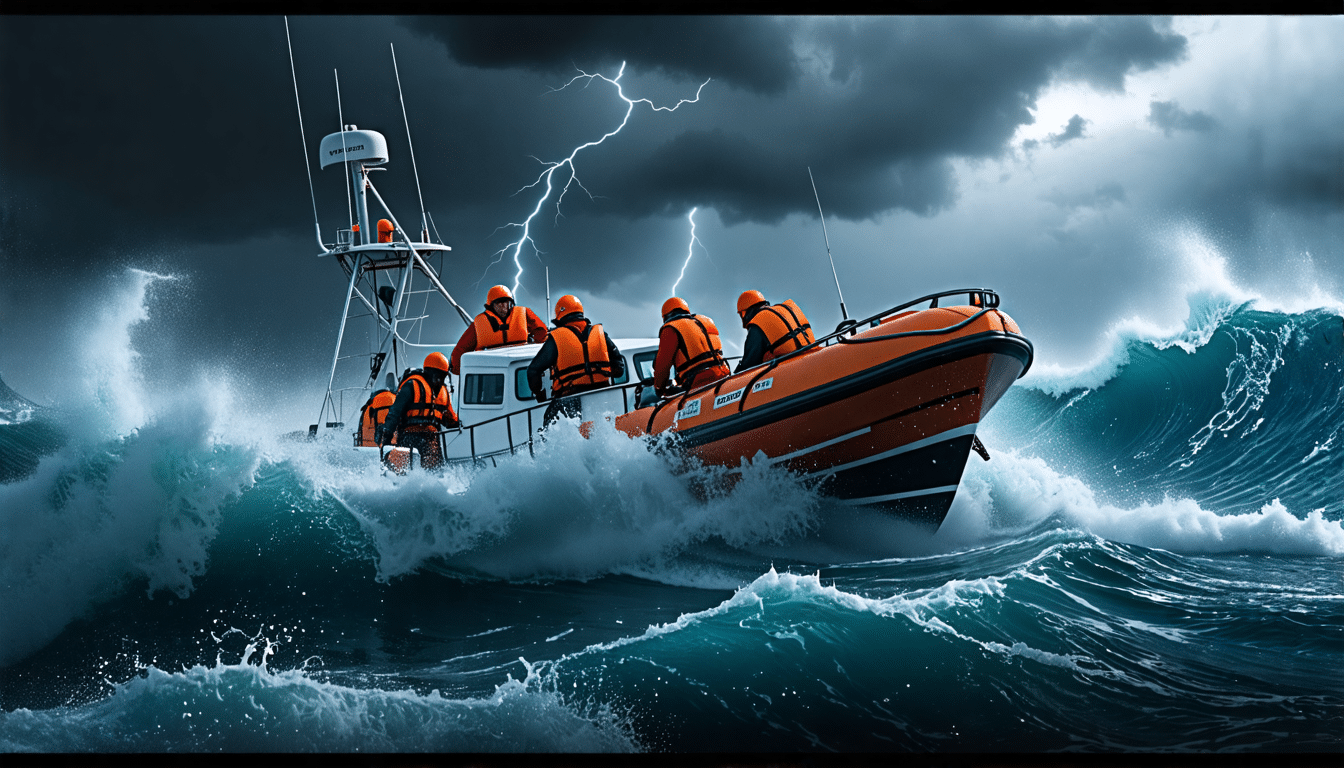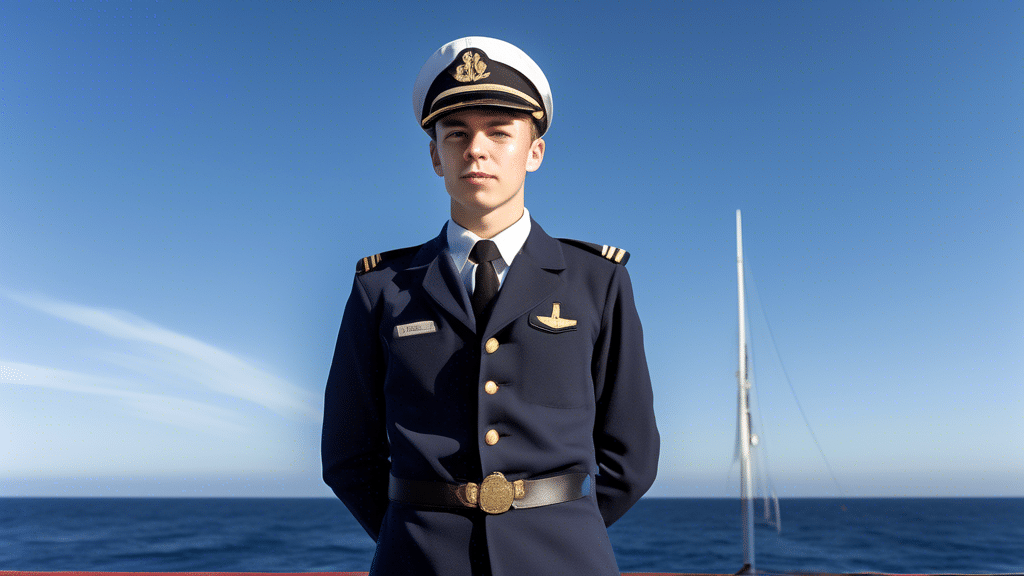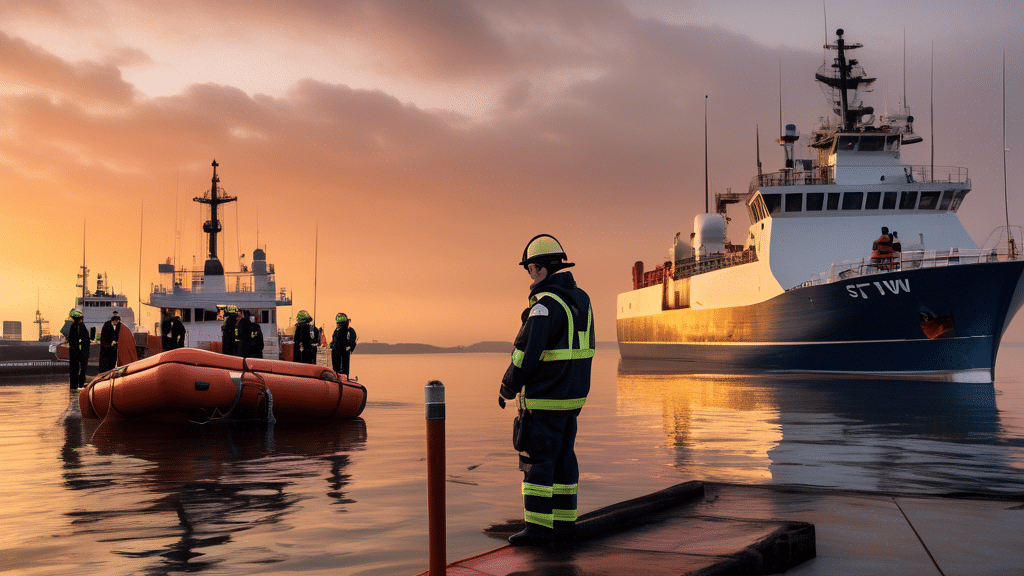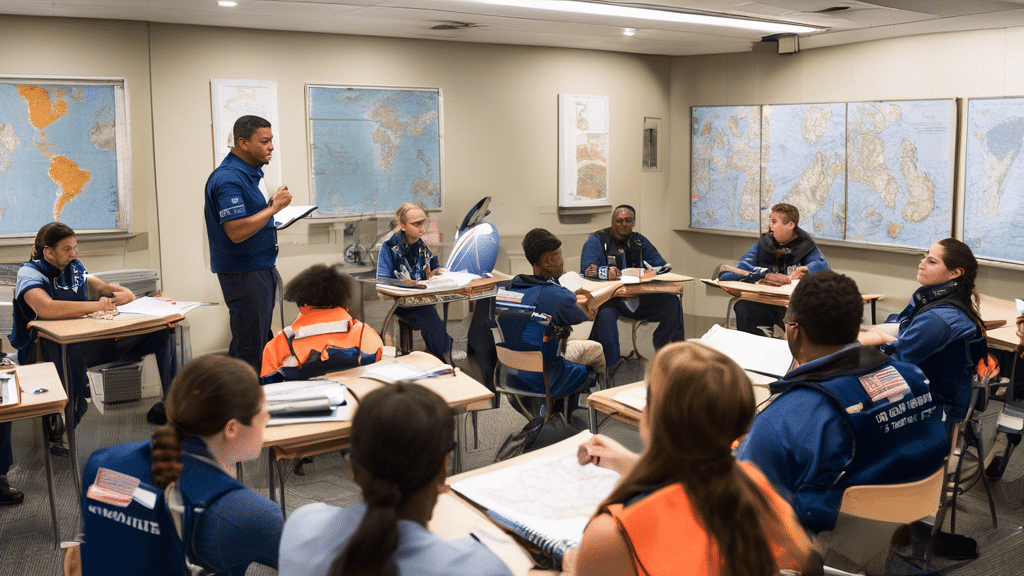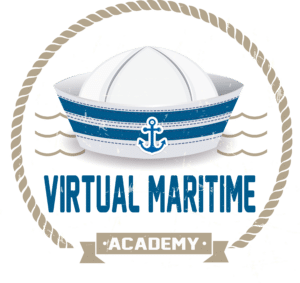The STCW (Standards of Training, Certification, and Watchkeeping for Seafarers) courses are crucial stepping stones for anyone aspiring to embark on a career in the maritime industry. Established by the International Maritime Organization (IMO), the STCW Convention sets the global standards for the training and certification of seafarers, ensuring safety, security, and environmental protection. Understanding the significance of these regulations and obtaining the relevant STCW certifications are essential for those looking to build a successful maritime career.
Whether you aim to become a deck officer, engineer, or pursue another specialized role within the maritime field, the right STCW certification can open numerous career pathways. However, for new entrants, navigating the enrollment process and meeting the requirements can be daunting. This article aims to provide essential tips to help you prepare effectively for your STCW course, from selecting the right training center to gathering necessary documentation. With the right preparation, you can embark on your maritime journey with confidence and competence.
Introduction to STCW Courses
Understanding the STCW Convention and Its Importance
The Standards of Training, Certification, and Watchkeeping (STCW) Convention is a critical framework established by the International Maritime Organization (IMO) to promote safety and reduce risks at sea. Adopted in 1978, this set of international regulations ensures that seafarers worldwide possess the necessary skills, knowledge, and competencies to perform their duties effectively. For anyone entering the maritime industry, understanding the STCW Convention is essential.
The importance of the STCW Convention cannot be overstated. It harmonizes training and certification worldwide, thereby providing a consistent standard for maritime education and skills assessment. This uniformity enhances the safety and security of maritime operations, protecting not only the crew but also the marine environment from potential hazards and accidents. Adherence to STCW standards is mandatory for anyone seeking to work on commercial ships, and non-compliance can result in severe penalties, including the detention of vessels.
Overview of STCW Certifications and Career Pathways
There are various STCW certifications tailored to different roles and responsibilities within the maritime sector. Understanding these certifications and the career pathways they offer can help new entrants make informed decisions about their professional journey.
The Basic Safety Training (BST) is the entry-level certification required for all seafarers, irrespective of their role on board. This certification comprises four basic courses: Personal Survival Techniques, Fire Prevention and Firefighting, Elementary First Aid, and Personal Safety and Social Responsibilities. Completing BST is the first step toward more specialized STCW certifications.
For those interested in deck operations, the Officer in Charge of a Navigational Watch (OICNW) certification is a crucial qualification. This certification allows individuals to serve as officers on board a ship, taking responsibility for navigation and watchkeeping duties. Aspirants need to undergo extensive training and pass competency exams to earn this certification.
Engineers looking to progress their careers in the engine room should consider the Officer in Charge of an Engineering Watch (OICEW) certification. Similar to the OICNW, this certification equips individuals with the skills required to manage and supervise engineering operations on board vessels. The training includes topics such as marine machinery and equipment, maintenance procedures, and emergency protocols.
Another significant certification is the Proficiency in Survival Craft and Rescue Boats (PSCRB). This certification is essential for crew members assigned to operate lifeboats and rescue boats during emergencies. The training covers the operation, maintenance, and deployment of survival craft and rescue boats, ensuring that crew members can effectively manage rescue operations if needed.
The STCW framework also includes certifications for specialized roles such as Advanced Firefighting, Medical First Aid, and Ship Security Officer (SSO). Each of these certifications is designed to equip seafarers with advanced skills to handle specific situations and responsibilities on board.
By obtaining the appropriate STCW certifications, new entrants can carve out a career pathway that aligns with their interests and goals within the maritime industry. Whether aiming to become a captain, chief engineer, or specialized officer, the STCW framework lays a solid foundation for professional growth and development.
https://www.virtualmaritime.academy/vma-courses/
Essential Preparation Tips for New Entrants
Research and Choose the Right STCW Training Center
When preparing for your STCW course, one of the foremost steps is to meticulously research and select the right STCW training center. This decision is paramount as your training quality and eventual certification will largely depend on the credibility and standards maintained by the institution. Start by checking accreditation; the training center must be recognized by maritime authorities and hold requisite approvals under the STCW Convention.
Research online for reviews and testimonials from former students. Websites, social media platforms, and maritime forums can offer valuable insights into the real-world experiences of student mariners. Additionally, consult with maritime professionals and alumni who might give you first-hand accounts of their experiences.
Location is another deciding factor. Look for training centers that are easily accessible or offer boarding facilities if you plan on enrolling in a distant city or country. Evaluate the infrastructure, including classrooms, simulators, and practical training setups. Well-equipped labs and access to modern maritime technology can significantly enhance your learning experience.
Lastly, consider the training center’s syllabus and faculty. Ensure that the curriculum strictly adheres to the STCW guidelines and is frequently updated to incorporate the latest industry developments. The faculty should comprise experienced maritime professionals who bring real-world expertise into the classroom. By investing adequate time in choosing the right STCW training center, you lay a solid foundation for a successful maritime career.
Gather Required Documentation and Prerequisites Before Enrollment
Once you have selected the appropriate training center, it is crucial to gather all required documentation and fulfill the necessary prerequisites before you enroll in your STCW course. Proper documentation is not only a regulatory requirement but also ensures a smooth enrollment process.
First, confirm the prerequisites for the specific STCW courses you plan to enroll in. Basic courses such as STCW Basic Safety Training (BST) might have different requirements compared to advanced or specialized courses like the STCW Advanced Fire Fighting or Medical Care training. Generally, a high school diploma or equivalent is required, and you may also need to show proof of maritime experience for advanced courses.
Next, prepare personal identification documents. A valid passport, an identification card, and passport-sized photographs are typically required. These documents are necessary for registration and will likely be used throughout your training and certification process.
Medical fitness is a key aspect of maritime training. Most training centers require a medical certificate validating that you meet the necessary health standards to embark on a maritime career. This certificate often needs to be issued by an approved maritime medical practitioner. Ensure your physical fitness, vision, and hearing meet the STCW standards to avoid any complications during or after your training.
Additionally, compile any proof of prior maritime training or experience, such as certificates of previous courses or letters from employers. Some STCW courses have specific entry-level requirements, and providing evidence of your past experiences can streamline your application process.
Language proficiency is also significant if the medium of instruction is in a language different from your native tongue. You might be required to take a language proficiency test to demonstrate your ability to comprehend and participate in the training effectively.
Finally, organize your financials. Be clear about the course fees, examination fees, and any other related costs such as accommodation and meals if provided by the training center. Some institutes might offer scholarships or payment plans, so it is prudent to inquire beforehand.
By ensuring all your documentation and prerequisites are in order, you can focus entirely on your training without administrative hassles, paving the way for a seamless and productive learning experience.
Preparing for an STCW course is a significant step for anyone looking to pursue a career in the maritime industry. Understanding the STCW Convention’s regulations and the various certifications it offers is crucial for aligning your career goals with the necessary qualifications. Opting for an accredited and reputable training center is fundamental to ensuring you receive quality instruction and hands-on experience that meets international standards. Additionally, organizing and preparing all required documentation and prerequisites before enrollment can alleviate potential stress and allow you to focus fully on your training. By diligently following these preparation tips, new entrants can embark on their STCW journey with confidence, paving the way for a successful and fulfilling maritime career.
https://www.virtualmaritime.academy/vma-courses/

